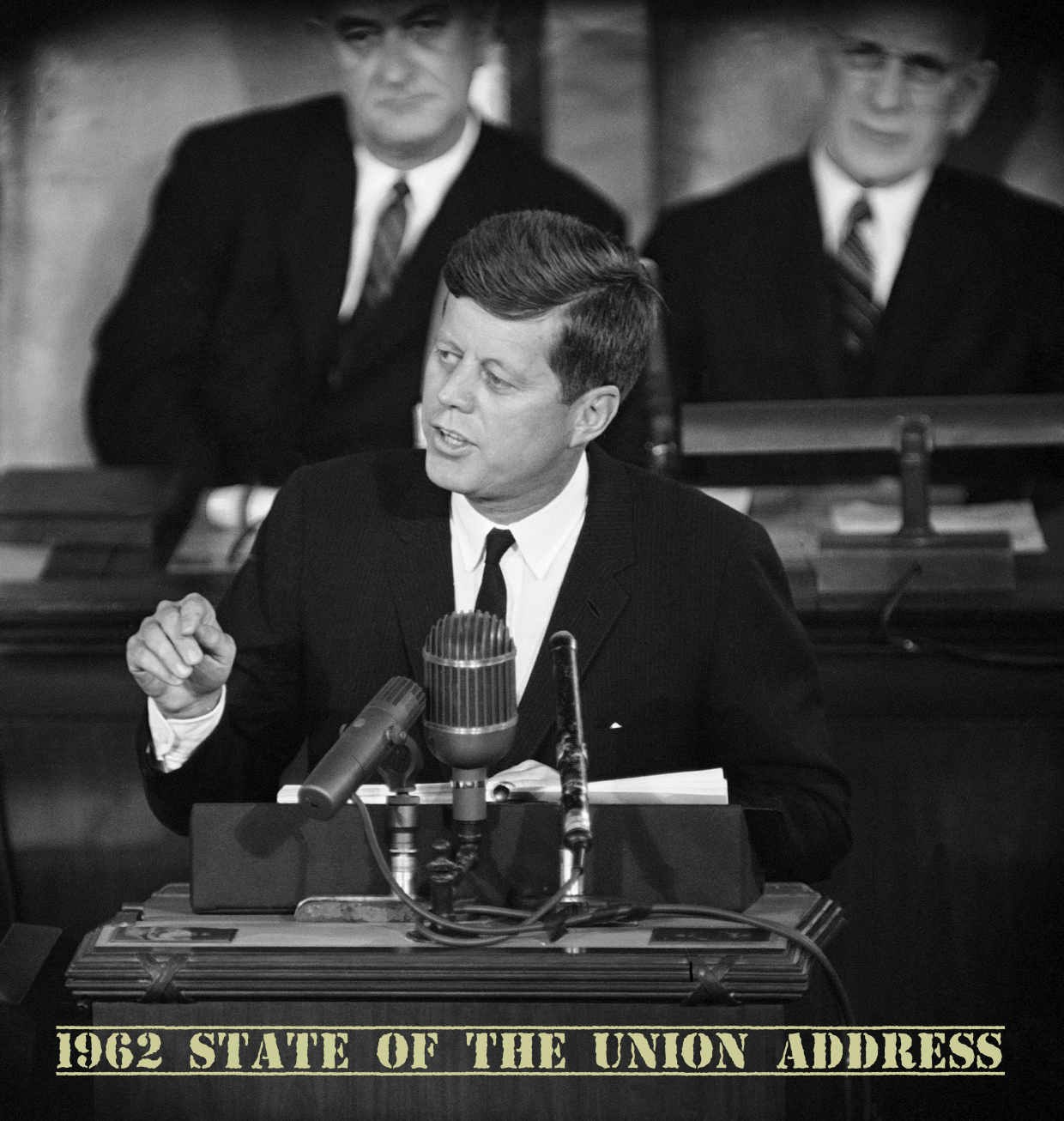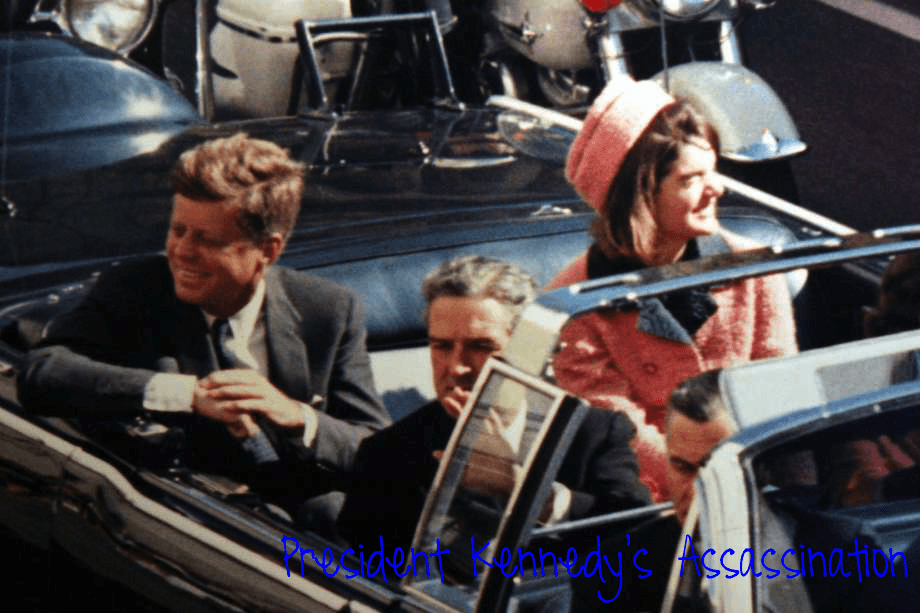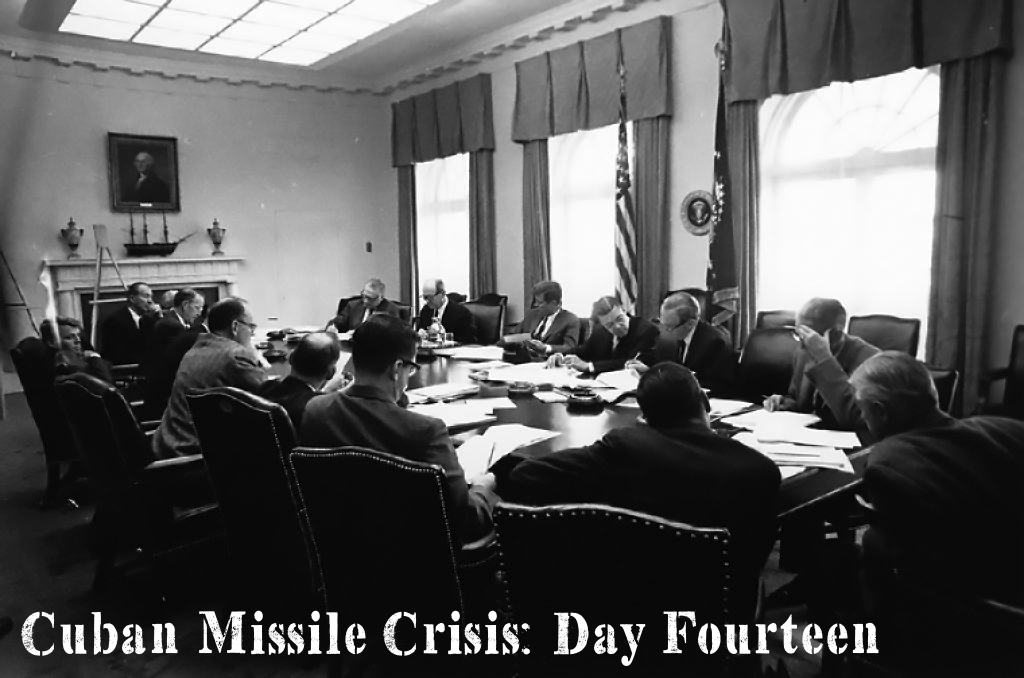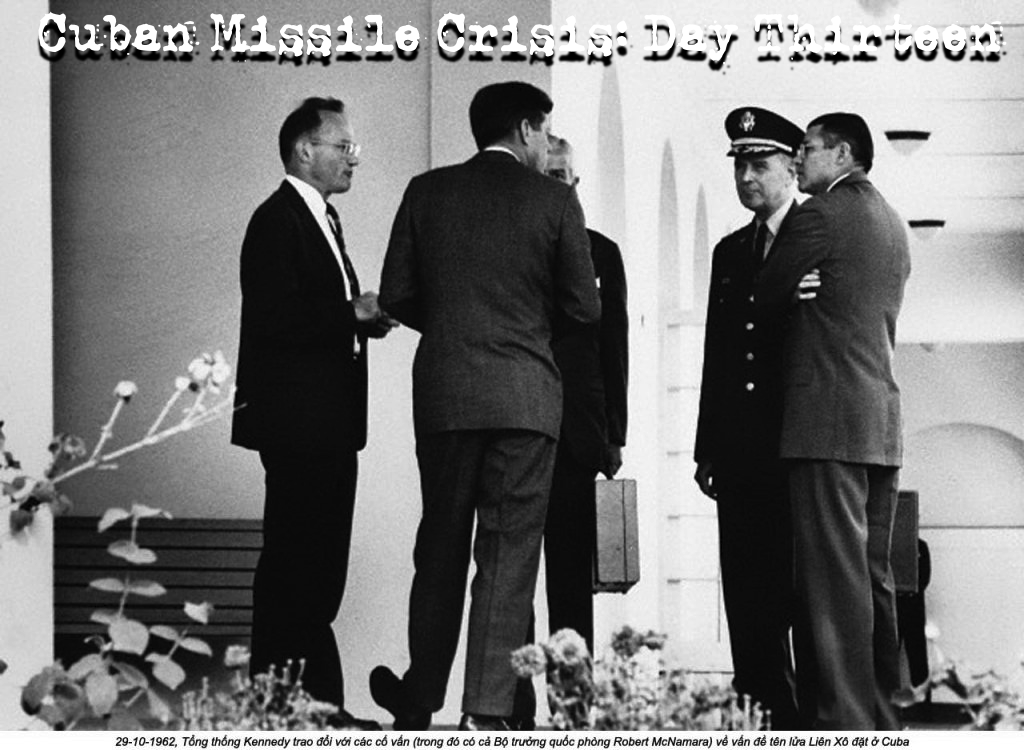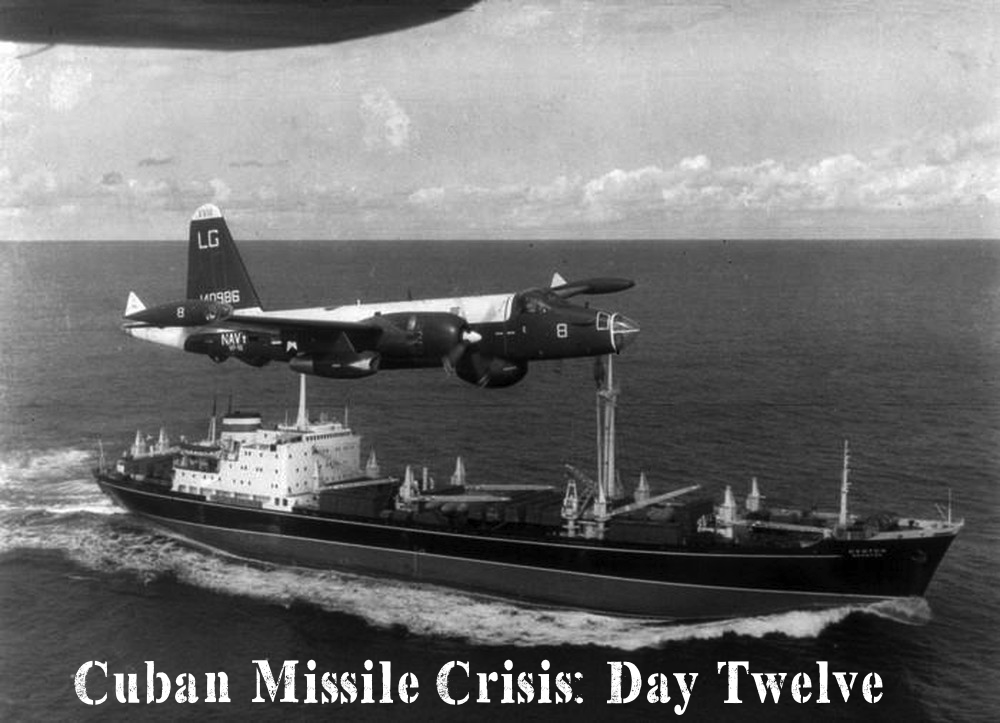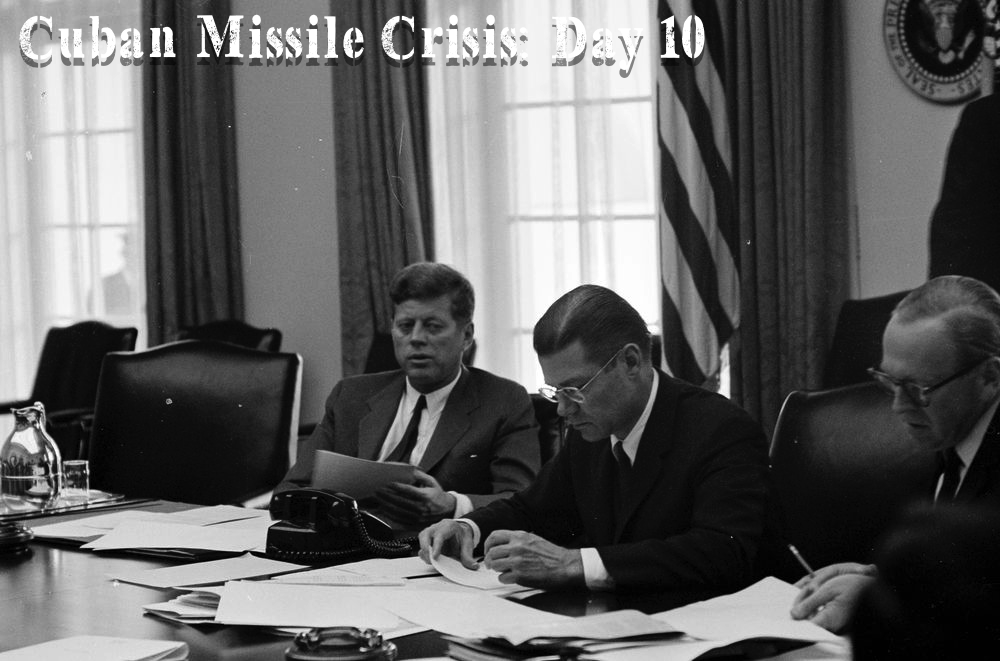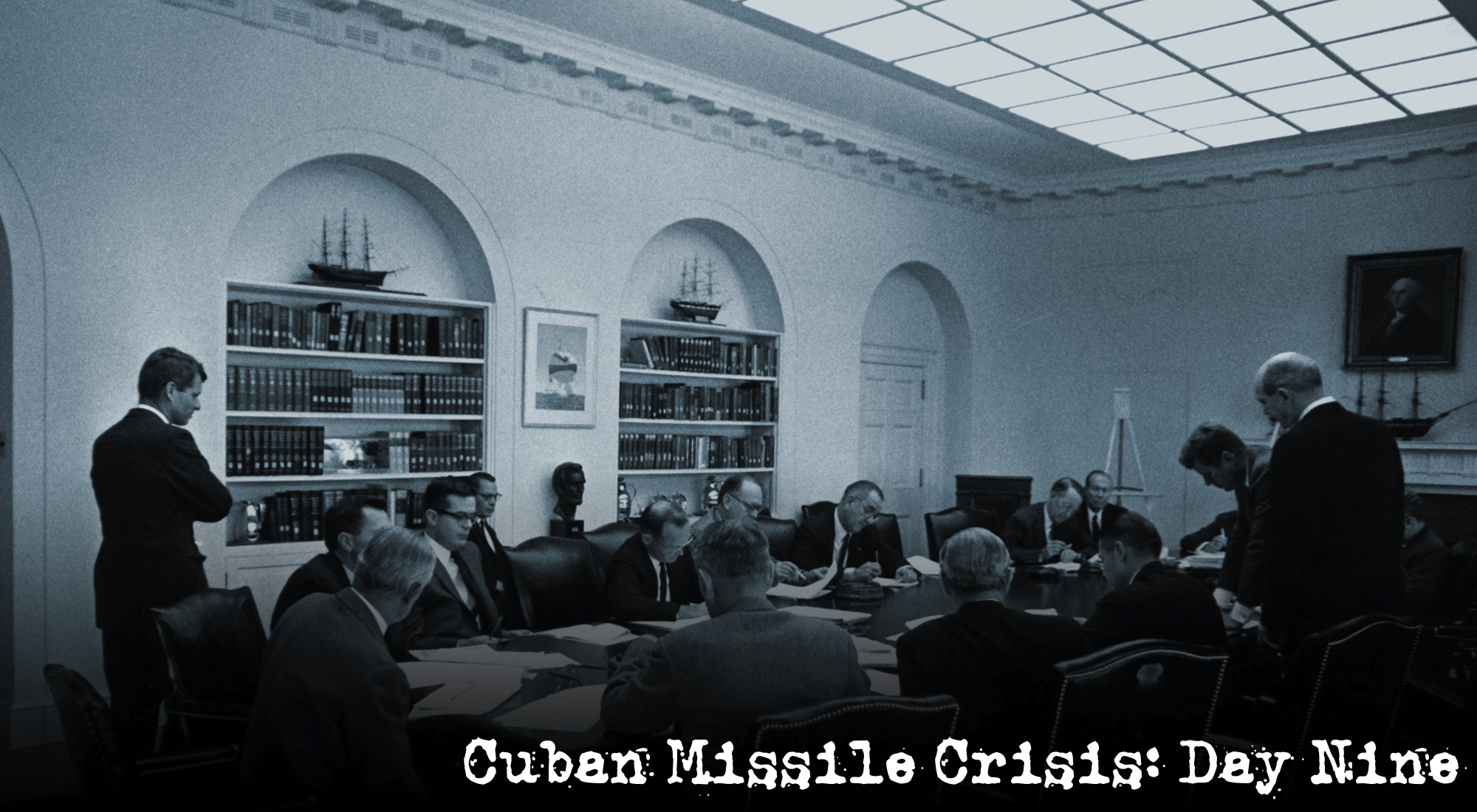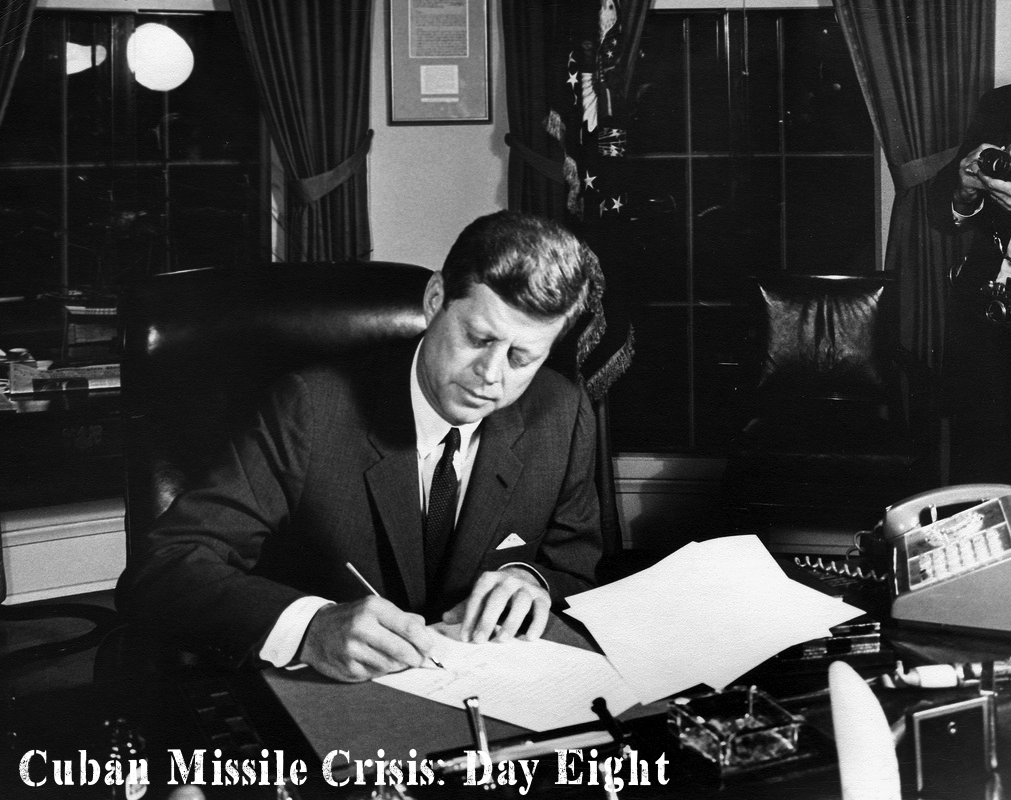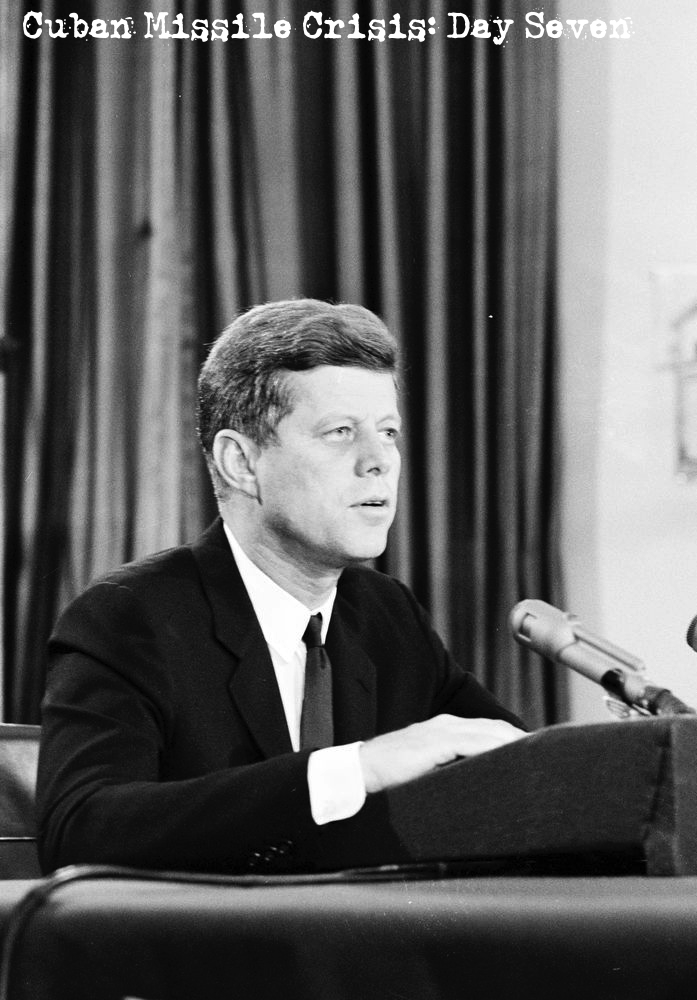Today in History: January 11, 1961 – Kennedy Gives 2nd State of the Union Address
Today in History: January 11, 1961 – Kennedy Gives 2nd State of the Union Address Thanks to holidays and whatnot, it’s been awhile since we’ve… Read More »Today in History: January 11, 1961 – Kennedy Gives 2nd State of the Union Address
